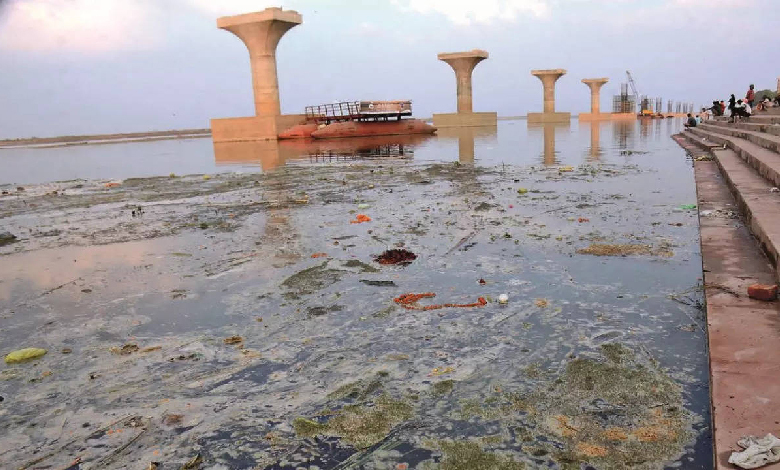Understanding nature’s verdict on India’s massive Namami Gange Programme

The Indian government unveiled its ambitious Rs 20,000 crore National Mission for Clean Ganga (NMCG) in 2014 to accomplish the twin objectives of effective abatement of pollution, and conservation and rejuvenation of National River Ganga.
The main pillars of the Namami Gange Programme include,
1. Sewerage treatment infrastructure
2. River-front development
3. River-surface cleaning
4. Biodiversity
5. Afforestation
6. Public awareness
7. Industrial effluent monitoring
8. Ganga gram
It has been more than seven years since the NMCG surfaced. During the period, the government has installed treatment plants capable of treating 20% of the sewage estimated to be generated in the 5 major states that lie along the river, including Uttarakhand, Uttar Pradesh and Bihar.
The figure is expected to increase to roughly 33% by 2024, and as per the latest projections by senior officials in the NMCG, treatment plants shall be capable of managing 60% of sewage by the end of 2026. The programme’s main aim is to ensure no untreated sewage enters the river.
How Essential Is The Namami Gange Programme
In September 2023, The Hindu cited a NMCG fact-sheet as noting that the Ganga River’s water quality is currently within “prescribed limits of notified primary bathing water quality.” NMCG director general G Asok Kumar highlighted “nature’s verdict on river improvement”.
He said a conspicuous sign of the improvement in water quality was a rise in the dolphin population population, from 2,000 to about 4,000. “Fishermen are also reporting the increased presence of Indian carp (a fish species) that only thrives in clean water.”
Read More: How Digitization Can Make Fashion More Sustainable and Ethical
The typical parameters used by the Central Pollution Control Board, including biochemical oxygen demand, differ significantly along various stretches of the river. The NMCG is working on developing an index to be able to better communicate about the quality, Kumar added.
The Ganga River is important not only for its cultural and spiritual significance but also because it hosts more than 40% of India’s population. The implementation of the Namami Gange Programme has been divided into entry-level, medium-term and long-term activities.



